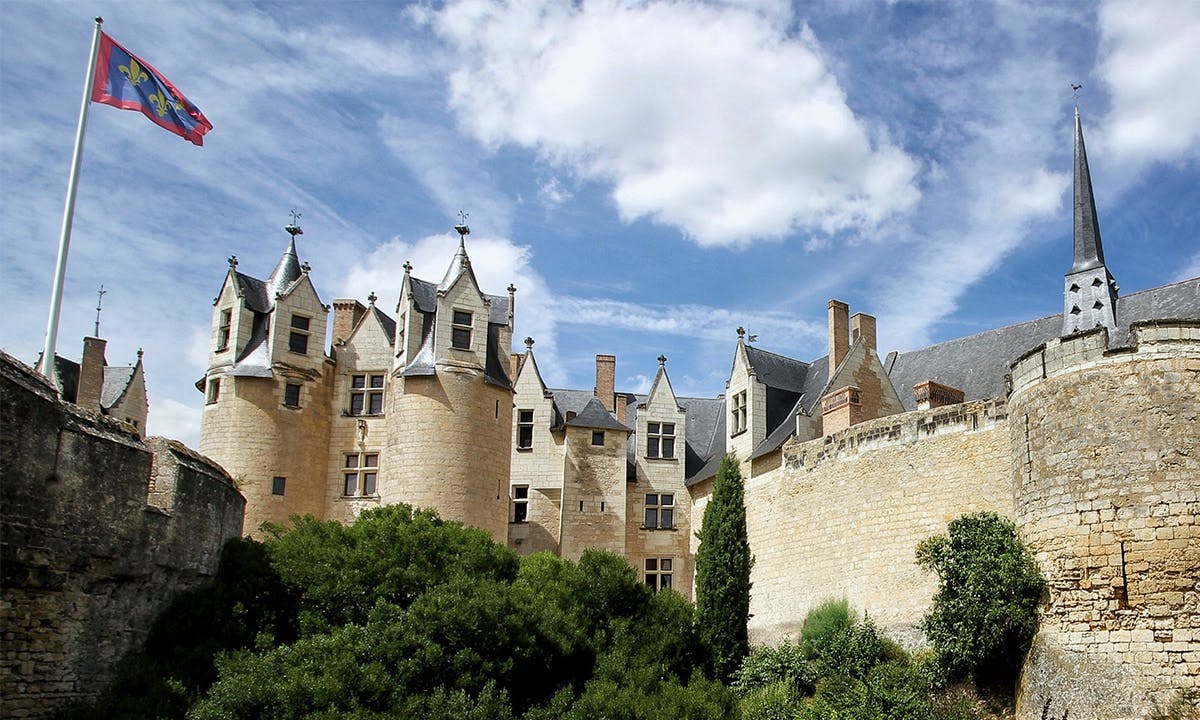Back
Historic Castle
A few lines of a glorious history

The first citadel of the castle was built in the eleventh century by Foulques Nerra, Count of Anjou, on the foundations of a Roman oppidum. A tireless warrior and insatiable builder, Foulques Nerra, known as the Black Hawk, belonged to the close circle of supporters of the King of France, Hughes Capet. From his descendants was born the Plantagenet dynasty which reigned over England from 1154 to 1485, and notably: Geoffroy Plantagenet.
Montreuil-Bellay gained its reputation as an unconquerable place on the front line of the battle opposing the throne of England to the French crown, when Foulques Nerra decided to hand over the citadel to his vassal Giraud Berlay, who became Bellay. It took a three-year siege, between 1148 and 1151, to allow Geoffroy Plantagenet, Count of Anjou, to reduce the resistance of Giraud II Berlay.
The attachment of the Berlay family to the French crown led King Philippe Auguste in 1208 and King Louis VIII in 1224 to hold their court at the Château de Montreuil-Bellay.
A monument steeped in history
In the fourteenth century, the Hundred Years War began. The starving population took refuge in the moat of the castle and in the neighboring monasteries, while the Lord of Montreuil-Bellay, Guillaume de Melun-Tancarville died gloriously in 1415 during battle of Azincourt.
Later on, Henri II of Orleans, Duke of Longueville, inherits the Castle. As an ambassador, he signs the Treaty of Westphalia in 1648, which puts an end to the Thirty Years War. His wife, Geneviève de Condé, instigator of the Fronde with her brother, the Grand Condé, was forced by Louis XIV to go into exile behind the walls of her Château de Montreuil-Bellay where she took her numerous admirers with her, including La Rochefoucault and Turenne, to relax.
Then the Wars of Religion broke out: Catholics and Protestants came to Montreuil-Bellay to stock up on weapons and ammunition.
During the Revolution, Jean-Bretagne de La Trémoille, Lord of Montreuil-Bellay, remained loyal to King Louis XVI. His heavy duty as Marshal kept him away from his Castle which was requisitioned and transformed into a prison for monarchist women.
